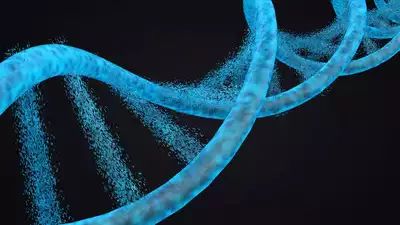Cryonics is the practice of preserving individuals at extremely low temperatures with the hope that future medical advancements might allow for their revival and cure of any previously incurable diseases. This concept, rooted in speculative science, has garnered attention and interest from people worldwide.
How Cryonics Works
Cryonics involves several key steps:
- Legal Death Declaration: The process can only begin once a person has been declared legally dead.
- Preservation Process: Immediately after legal death, the body undergoes a cooling process to slow down cellular decay. The body is then infused with cryoprotectants to prevent ice formation, which can damage cells.
- Storage: The body is stored in a cryostat at temperatures below -130 degrees Celsius (-202 degrees Fahrenheit), typically using liquid nitrogen.
Reasons People Choose Cryonics
- Hope for Future Medical Advancements: Many who opt for cryonics believe that future technologies might be able to revive and cure them of ailments that are currently incurable.
- Preservation of Identity and Consciousness: Some view cryonics as a way to preserve their identity and consciousness, potentially allowing for a second chance at life.
- Scientific Curiosity: A number of individuals are drawn to cryonics out of sheer curiosity and the desire to push the boundaries of what is scientifically possible.
Ethical and Scientific Debates
Cryonics is not without its controversies:
- Scientific Uncertainty: There is currently no evidence that revival from cryonic preservation is possible. Many scientists remain skeptical about its feasibility.
- Ethical Concerns: Ethical questions arise regarding the definition of death, the potential impact on future societies, and the allocation of resources for an uncertain outcome.
- Legal and Financial Issues: The legal status of cryonics varies by country, and the long-term financial stability of cryonics organizations is a concern for many.
Despite these debates, cryonics continues to attract interest and investment, reflecting humanity’s enduring hope and quest for life extension. As technology progresses, the discourse around cryonics will likely evolve, potentially bringing new insights and developments in the field.




